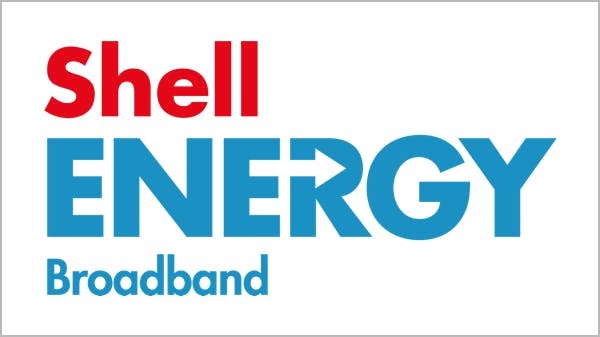What is Fibre Optic Broadband?
Our guide on what fibre optic broadband is, how it works and where to find the best deals.

What is fibre optic broadband?
Fibre optic broadband is literally fibre optic cable that is used to deliver broadband at superiorly faster speeds compared to your standard cable broadband, and is generally much more reliable and stable. Across the United Kingdom, most fibre providers harness BT’s Openreach network as it is already installed across the nation. Some of these include Sky, Talk Talk, EE, Plus net and of course, BT itself.
How does fibre broadband work?
The fibres that carry your internet is no thicker than human hair and transfers information by sending flashes of light through the tubes in which the fibres are housed, which ricochet off the walls of the cable to travel down it. The appropriate technology at the other end can then translate the flashes as data.
The reason for the superior speed of fibre optic broadband is because its data is quite literally travelling at the speed of light!
Standard broadband is called asymmetric digital subscriber line, or ADSL. The data here is sent through your ordinary copper phone line all the way from the telephone exchange.
What is the average fibre broadband speed?
Average download speeds of fibre optic broadband packages can vary between 35mbps, 57mbps and 63mbps, although speeds can differ depending on location, no matter what your package’s average download speed might say. So don’t take your provider’s word for it.
In fact, the average broadband speed advertised by your favourite provider has to be the speed that is available to at least 50% of customers at peak times. This is a change enforced by the Advertising Standards Authority, wherein before their intervention, the ‘average’ speed only had to be the speed available to 10% of customers at peak times.
What is unlimited fibre broadband?
An unlimited fibre broadband package will not cap your internet usage and is consistent with most deals in the market. However, sometimes within the small print of some packages, there might have been extra charges or limitations for customers going over a particular usage, but these are few and far between these days.
For example, some providers might limit the amount you can download at certain times, or decrease download speeds at peak hours to make sure broadband speed doesn’t drop significantly across the board.
Unlimited fibre broadband has absolutely no restrictions. Game incessantly, download music relentlessly and binge-watch Netflix until your TV asks you if you’re still there.
What is FTTC and FTTP broadband?
These are two very different types of broadband supply.
FTTC, or fibre to the cabinet, is the default fibre broadband supply, whereby the data is sent from a telephone exchange all the way to a local cabinet using fibre optic cable. An area’s internet access is then distributed from (usually) the nearest cabinet. The quality of broadband depends on how far away the premises is from the cabinet.
FTTP, or fibre to the premises, is the method by which a place of residence obtains the fastest possible broadband speed. FTTP is when fibre optic cable is laid from the local cabinet to a building - primarily offices - in order to achieve high internet speed. It is possible for an individual to have FTTP, but it comes at a large cost as fibre optic cable needs to be laid specifically for the person requesting it.
How easy is it to get fibre to the premises (FTTP)?
As explained in our previous article What is FTTP? Fibre to the Premises explained, not all houses are instantly eligible. Below are three ways you can get FTTP.
- If an Optical Network Termination unit (ONT) already exists at your house, it’s a matter of days before you can be connected, although this is unlikely.
- If an ONT is close to your house the average connection times can be anywhere between 9 and 18 days. An engineer will need to drill through a wall in order to install your own ONT.
- If an ONT is nowhere near your premises, you might not be eligible for FTTP, or there might be costly installation and construction fees. If all is given the go ahead, your premises could be up and running with FTTP within 20 to 30 days.
How can I get the best fibre broadband deals?
You can find the best fibre broadband deals here at Broadband Compared, where we show you a wide range of UK suppliers, updated regularly for the latest deals. Simply select fibre broadband in our deals filter and we'll do the rest.
Find a Deal
Last updated on the 15th of October at 7:10pm with 142 deals.







